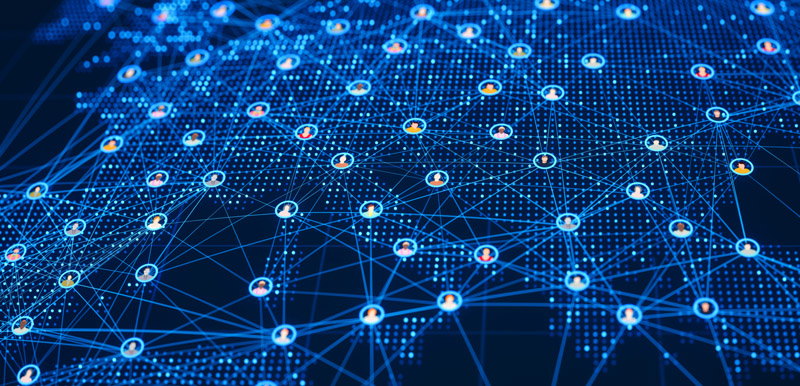Biological relationships are sometimes quite complex, and many people even make a hobby out of tracing their genealogical roots. Considering that most ancestral lines can be traced back to a period when the global population was much smaller, many people wonder if all humans are related in some capacity. Here, we’ll dive into the DNA evidence that answers this question.
The Fundamentals of DNA
To understand the role DNA plays in human ancestry, it is crucial to have a basic understanding of what DNA is and how it works.
Deoxyribonucleic acid – otherwise known as DNA – is the genetic material that makes a person who they are. Consider DNA to be the instruction manual for the human body. DNA is found in all living things , from the tiniest microorganisms to the largest of mammals and the oldest of trees. DNA influences everything about a person, from eye colour to susceptibility to certain diseases. Each cell in a person’s body carries a complete copy of their DNA.
Tracing Ancestry Through DNA
With the help of DNA, people can trace their ancestors back through generations, offering them a glimpse into their family history. The deeper one traces their lineage through ancestry testing, the more apparent the interconnectedness of DNA among all humans becomes.
Genetic Evidence: The Most Recent Common Ancestor (MRCA)
The concept of the Most Recent Common Ancestor (MRCA) provides insight into how closely related all humans are.
The Most Recent Common Ancestor
According to some geneticists, the MRCA is the most recent individual from whom all people in a given population are direct descendants. Some studies suggest that the MRCA of all modern humans may have lived just a few thousand years ago. This suggestion doesn’t mean there was only one human alive at that time, but that this individual is the most recent person to be a direct ancestor of everyone alive today.
Y-Chromosomal Adam and Mitochondrial Eve
Within the realm of genetic research, two key figures emerge: Y-Chromosomal “Adam” and Mitochondrial “Eve.” These individuals are not the first humans but rather the most recent common paternal and maternal ancestors. With their existence proven by modern DNA analysis, it supports the hypothesis that all humans alive today are related in some capacity.
Cultural and Historical Considerations
Although DNA reveals much about genetic lineage, it’s just one piece of the puzzle. Cultural and historical influences are equally crucial in understanding the intricate web of human connections.
Migration and Interbreeding
Throughout history, humans have been on the move. These migrations, coupled with interbreeding (reproduction with members of outside communities), have facilitated the mixing and combining of genetic traits. The interactions of a person’s ancestors further intertwine their genetic history.
The Global Family Tree
If you look at humanity from a broad scope, it can resemble a massive, global family tree. While every person has their own unique branches and leaves, the roots are shared. This idea is a biological reality, as confirmed by human DNA.
Are All Humans Related?
The simple answer to this question is yes. Whether you look at your ancestry using DNA testing, dive into the research around the Most Recent Common Ancestor, or examine historical migrations, the evidence points to the fact that all humans are part of a complex web of relationships. While modern interpretations of a relative are associated with much more immediate family, every person’s lineage stretches back thousands of years and intersect at some point in the past.

